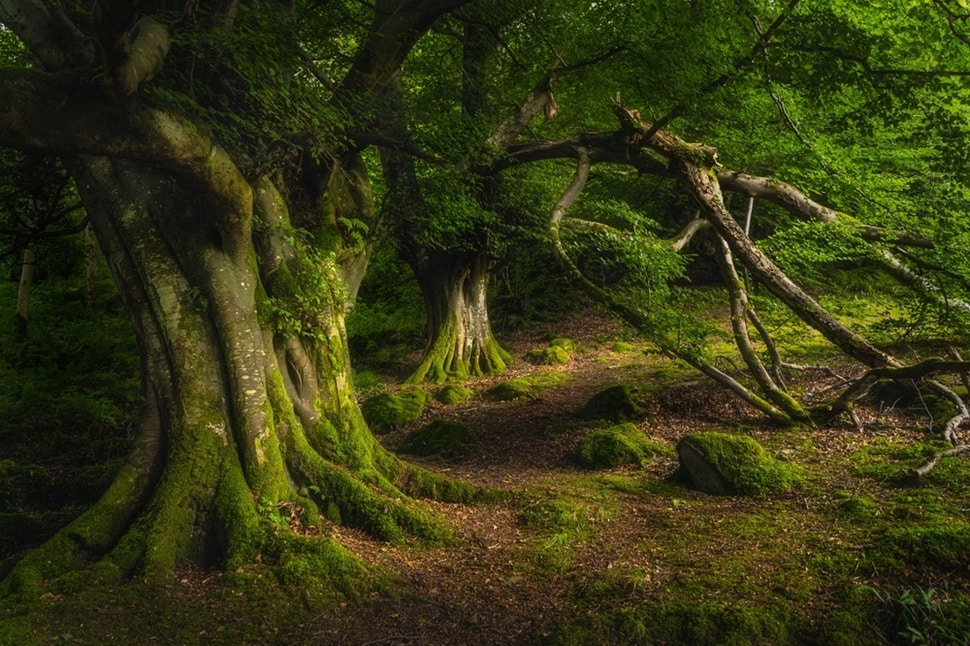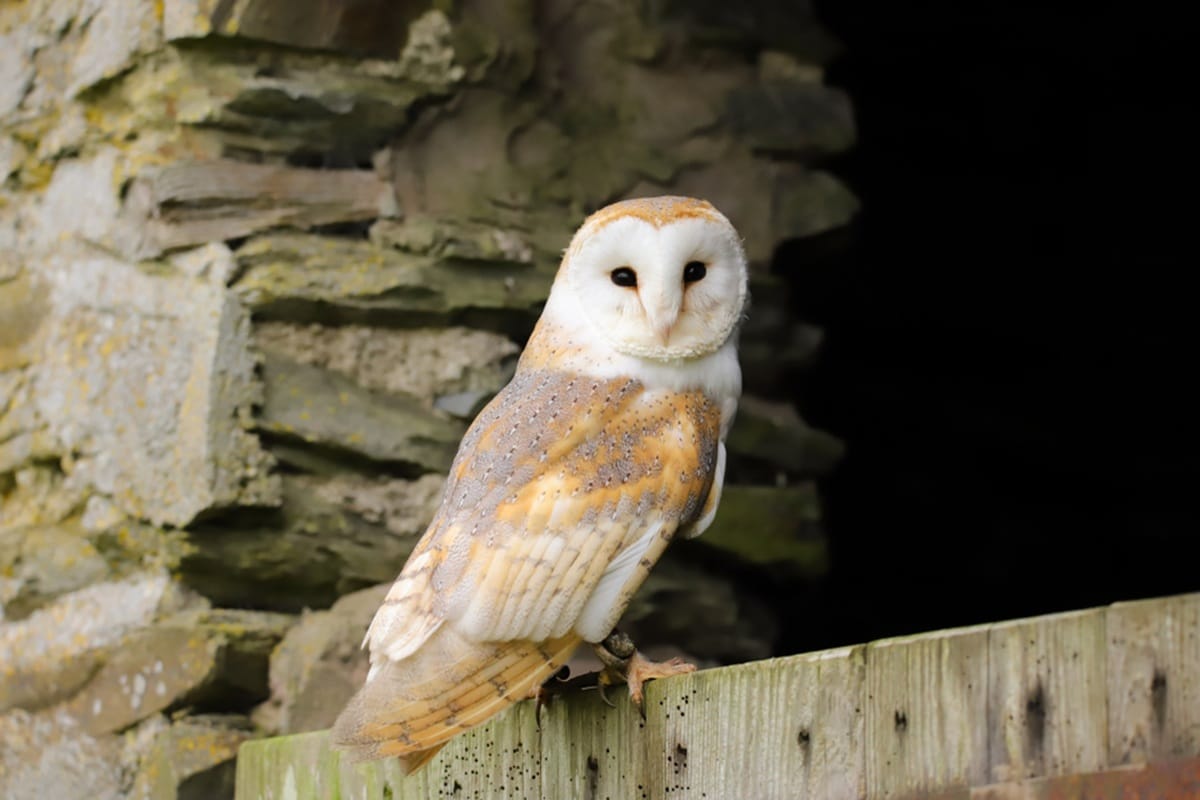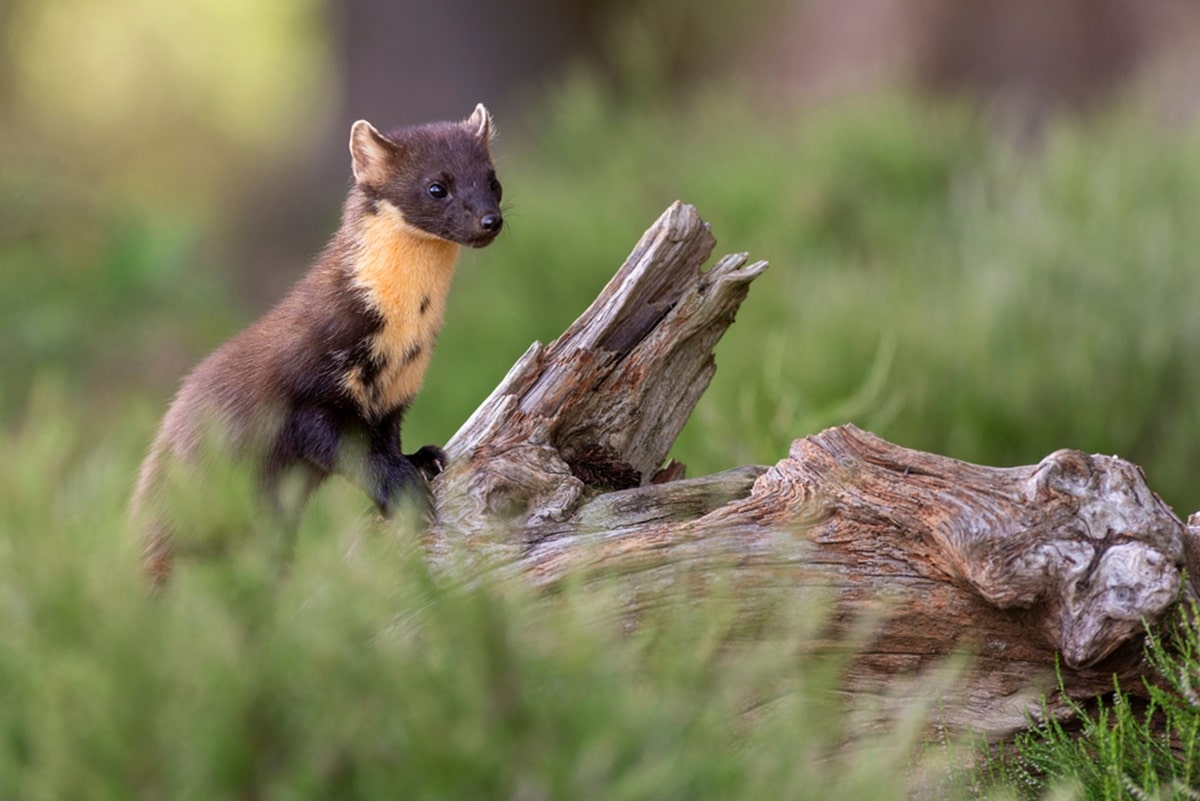
While renowned as a biodiversity hotspot, the New Forest in Hampshire has surprised scientists by revealing that it is home to some rare and even considered lost species. Well known for its ponies and ancient woodland, the Forest contains even more extraordinary mammals, plants and fungi than was thought. Let’s take a look at the new discoveries.
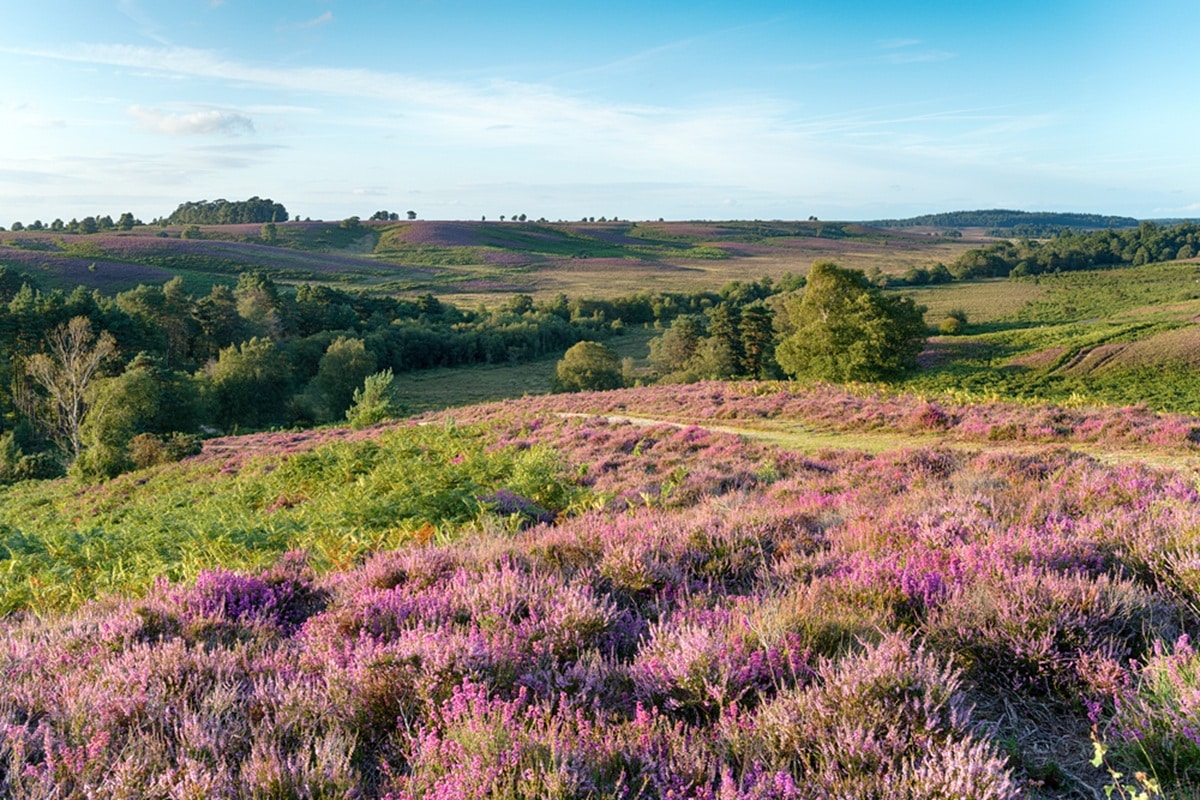
Nearly 40 rare species found
In a £1.3 million habitat restoration initiative funded by Defra’s Species Survival Fund, The New Forest National Park Authority teamed up with a range of partners to survey ten sites around the Forest’s northern and southern edges. The initiative resulted in a spectacular 860 species being catalogued: 370 animals, 265 plants, and 225 fungi, representing just 5% of the Forest’s estimated biodiversity. Yet among these, 150 observations covered 36 rare or scarce priority species.
Some finds were expected, such as the goshawk, raft spider, and wood cricket, but others, such as pine martens, were surprising. Species were recorded during camera trap exercises, thermal imaging surveys and field surveys. Surveyors found a new species of fungus never recorded in the county, and Hampshire purslane, an aquatic plant nearly exclusive to the New Forest.
Professor Russell Wynn, director of Wild New Forest said of the initiative:
There were 150 records of 36 priority species that are classified as nationally rare or scarce.
Which key species have been discovered?
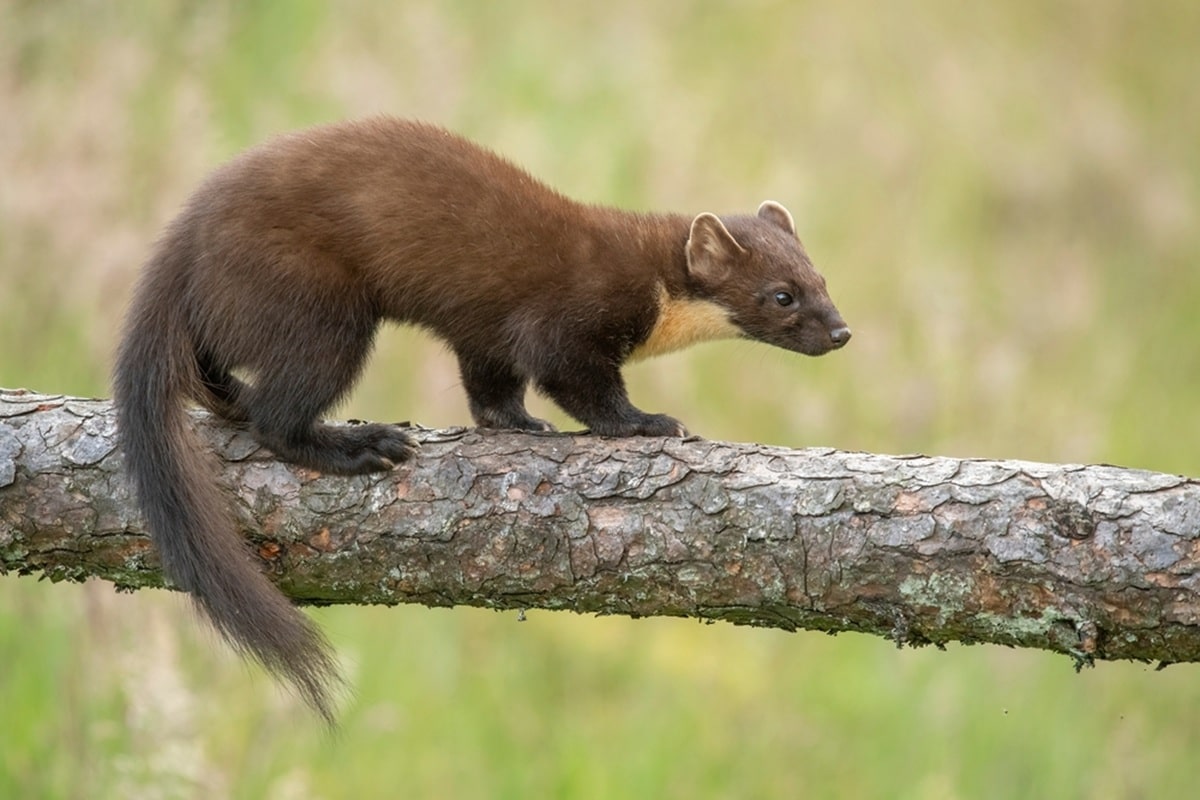
Pine Martens
One of the most exciting outcomes has been the confirmed return of pine martens, along with evidence that they are breeding. This secretive mustelid was presumed extinct in the area, but following public sightings, conservation teams led by Forestry England and Wild New Forest, with support from Hampshire & Isle of Wight Wildlife Trust, placed 30 hidden cameras across 11 sites.
After reviewing more than 1,000 hours of footage, they confirmed not only the martens’ presence across the Forest but also evidence of breeding, with clips showing kits playing and exploring. Ancient woodland offers ideal habitat for this member of the weasel family, including veteran trees with cavities for nesting and a plentiful food supply of small mammals and fruit.
Leanne Sargeant, senior ecologist for Forestry England said:
We are absolutely delighted to confirm that pine martens have returned to many areas of the New Forest. Now we know they are here and breeding, our next step is to try and estimate the size of the population and understand how they are using the New Forest’s ancient woodlands.
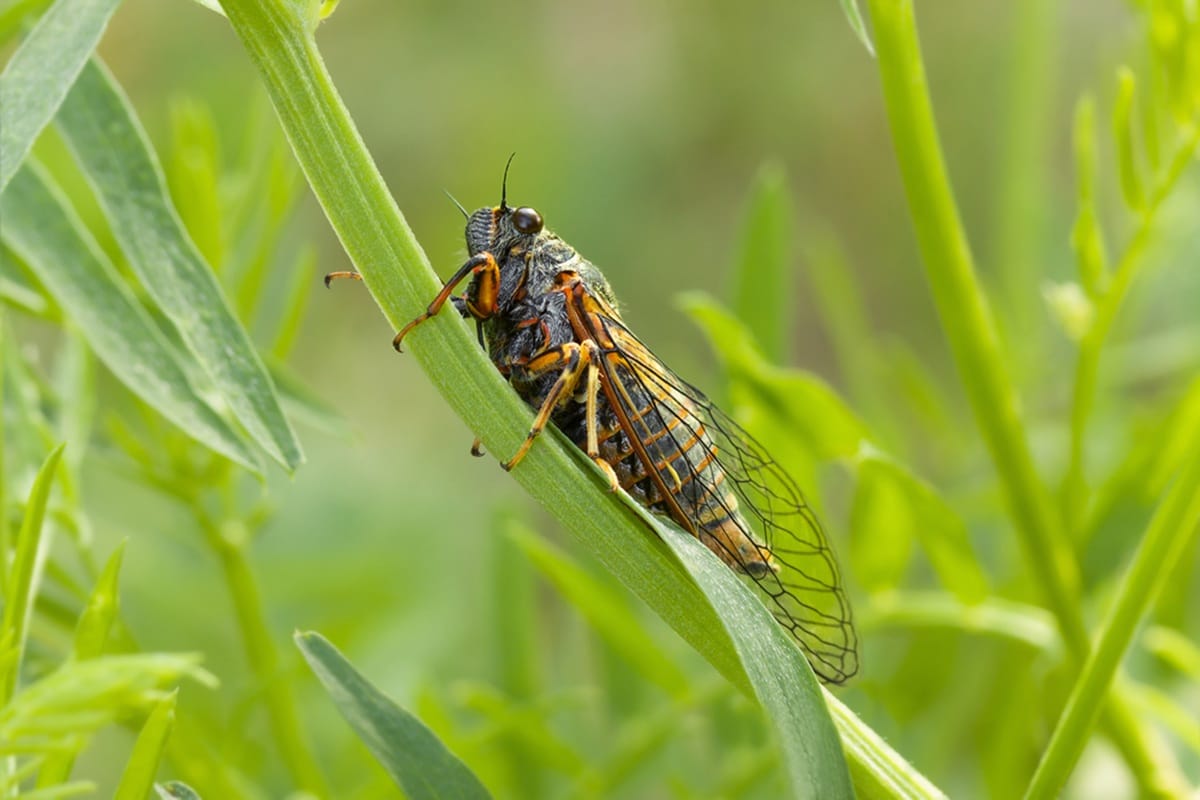
Cicadas
The New Forest cicada is thought to have vanished from the UK in the 1990s. Now, thanks to the Species Recovery Trust and Natural England, the tiny insect appears to be making a comeback. Conservationists imported 11 female cicadas from northern France, placing them in specially designed enclosures at Paultons Park near the Forest with the aim of creating a captive breeding population that can eventually be reintroduced into the New Forest.
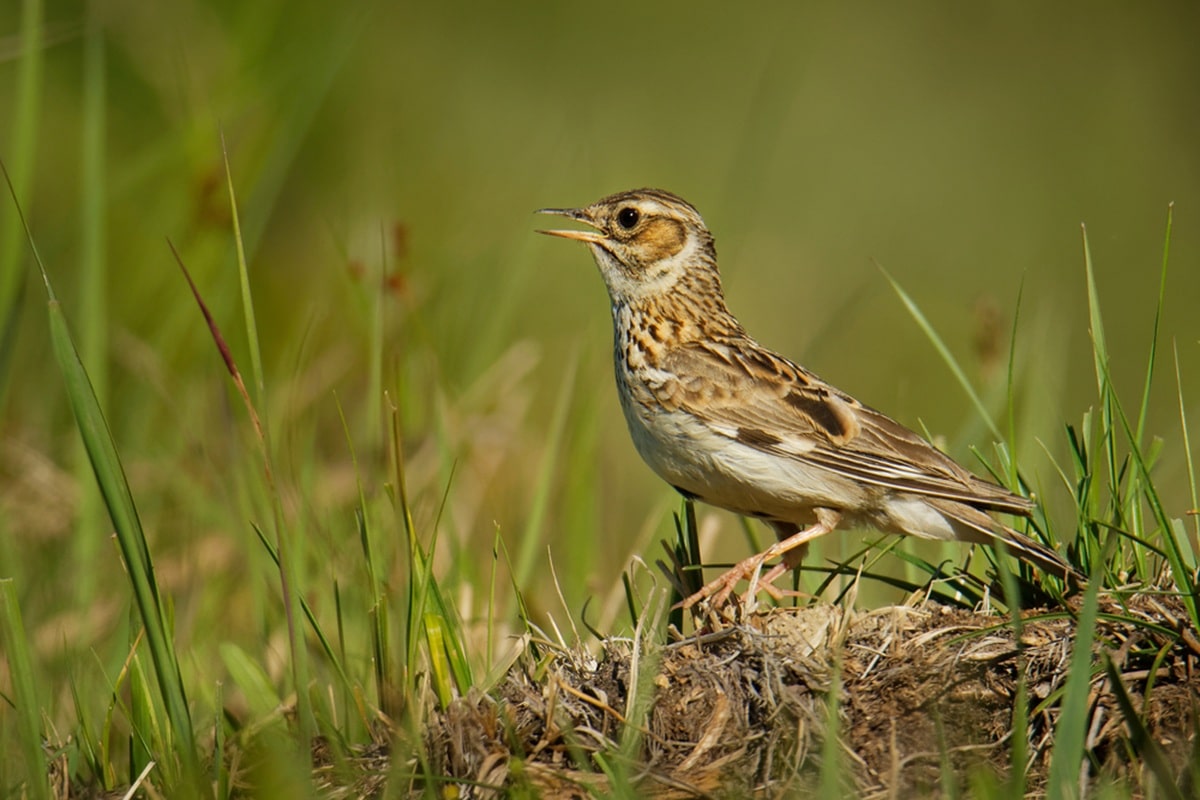
Woodlarks
These ground-nesting birds were dwindling in southern England but appear to be thriving in the New Forest. A survey covering 300 square kilometres counted 260 breeding pairs of woodlarks, up from 167 in 2019, meaning the area now supports about 10% of the UK’s population of these songbirds.
What makes the New Forest so welcoming to rare species?
- Habitat diversity: From wetlands and heathlands to ancient woods and grasslands, the variety supports many different species.
- Restoration in action: Projects under the Species Survival Fund improve habitat quality and connectivity, directly benefiting vulnerable species.
- Rich, old-growth structure: Veteran trees and complex understorey growth supports nesting, foraging, and shelter.
- Collaborative conservation: Multiple conservation charities and local stakeholders bring expertise, coordination, and long-term investment.
Who’s behind the discoveries?
These successes reflect years of careful planning and teamwork from a range of partners who brought in specialised expertise, including the New Forest National Park Authority which coordinated funding and project delivery while Forestry England and wildlife trusts handled wildlife monitoring and management.
Other partners included the Amphibian and Reptile Conservation, the Freshwater Habitats Trust, Hampshire & Isle of Wight Wildlife Trust, Commoners Defence Association, and Wild New Forest which led comprehensive surveys to map biodiversity and guide action on the various sites. In addition, landowners and volunteers supported fieldwork and restoration.
What’s next for these rare species?
While these rediscoveries are cause for celebration, they also highlight the need for sustained action:
- Habitat management and protection must continue over the 219 square miles of the National Park; controlling invasive species like rhododendron and managing grazing are a priority to maintain fragile ecosystems.
- For pine martens, next steps include population monitoring and studying their habitat use to ensure long-term survival.
- The cicada project will need to move from captivity toward careful reintroduction and monitoring.
- Woodlarks and other ground-nesting birds need safe nesting areas free from disturbance, along with optimal management of open habitat.
- Ongoing restoration across 250 hectares of the Forest will improve conditions for many species.
- Long-term monitoring is essential to track success, adapt conservation plans, and inform future efforts.
What message can we take from these discoveries?
The New Forest’s rediscovered species demonstrate that nature has an extraordinary ability to recover when given the opportunity. These success stories are a beacon of hope in a world of species decline: they remind us that restoration projects do work and that collaboration between charities, government, and the public can help nature get back on the road to recovery.

